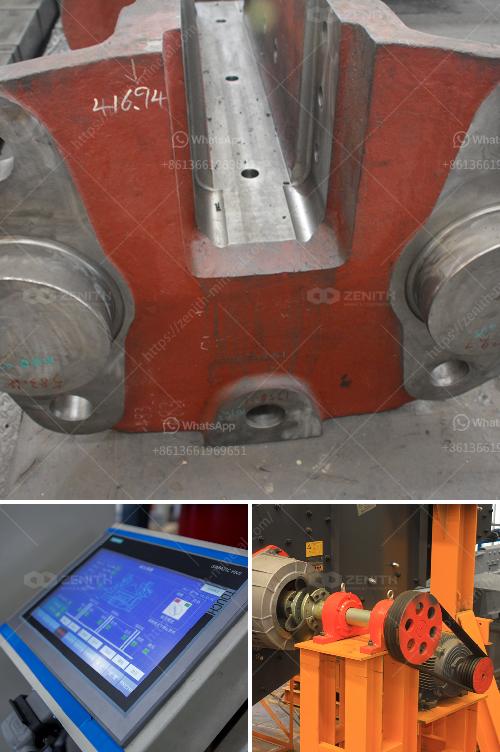Configuring a granite gravel production line involves several key steps and considerations to ensure efficient, cost-effective, and high-quality production. Here's a structured guide:
1. Preliminary Planning and Design
- Site Selection: Choose a suitable location with ample space for equipment, raw materials, and finished products, and proximity to granite sources.
- Permit and Approvals: Secure necessary environmental, mining, and construction permits.
2. Material Requirements
- Raw Material: Ensure a steady supply of high-quality granite.
3. Equipment Selection
Different stages of the production process will require specific equipment:
- Primary Crushing: Jaw Crusher - to reduce large granite rocks into smaller pieces suitable for secondary crushing.
- Secondary Crushing: Cone Crusher or Impact Crusher - for further reduction and shaping.
- Screening: Vibrating Screen - to separate crushed materials into different size ranges.
- Tertiary Crushing (if needed): Vertical Shaft Impact Crusher - for finer crushing.
- Conveyors: To transport materials between different stages of the production line.
- Dust Collection Systems: To control dust and maintain environmental standards.
- Washing Systems: For removing impurities and ensuring high-quality finished gravel.
4. Layout Design
- Flow Design: Design the layout to allow smooth flow of materials from one stage to the next, minimizing unnecessary handling and delays.
- Storage Areas: Designate areas for raw material storage, intermediate processed material, and finished products.
5. Installation and Commissioning
- Foundation: Construct robust foundations for heavy machinery.
- Assembly: Assemble the production line components according to manufacturer guidelines.
- Testing: Conduct trial runs to adjust and fine-tune the equipment for optimal performance.
6. Automation and Control Systems
- Integrate modern control systems for monitoring and automating the production process, ensuring efficiency and consistency in output.
7. Staff Training
- Train staff on equipment operation, safety protocols, and maintenance procedures.
8. Maintenance and Upkeep
- Develop a regular maintenance schedule to prevent breakdowns and prolong the life of the equipment.
- Keep spare parts inventory for quick replacement.
9. Quality Control
- Regularly sample and test the gravel to ensure it meets required specifications and standards.
10. Environmental and Safety Considerations
- Implement dust suppression measures and noise control.
- Adhere to safety protocols to protect workers.
Example Production Line Configuration:
-
Raw Material Storage:
- Stockpiles for granite blocks.
-
Primary Crusher:
- Jaw Crusher for initial breakdown.
-
Secondary Crusher:
- Cone Crusher for medium-fine crushing.
-
Screening Station:
- Vibrating Screen to classify by size.
-
Tertiary Crusher (optional):
- Vertical Shaft Impact Crusher for further refinement.
-
Washing and Cleaning:
- Sand Washer (if required) to clean final output.
-
Stockpiling and Transport:
- Conveyor belts to transport and stack finished gravel.
Final Notes:
- Customization: Tailor the configuration to meet specific production requirements and local conditions.
- Scalability: Design the line to allow easy scaling up or down as needed.
Proper configuration of a granite gravel production line ensures operational efficiency, product quality, and cost-effectiveness, contributing to the overall success of the operation.

